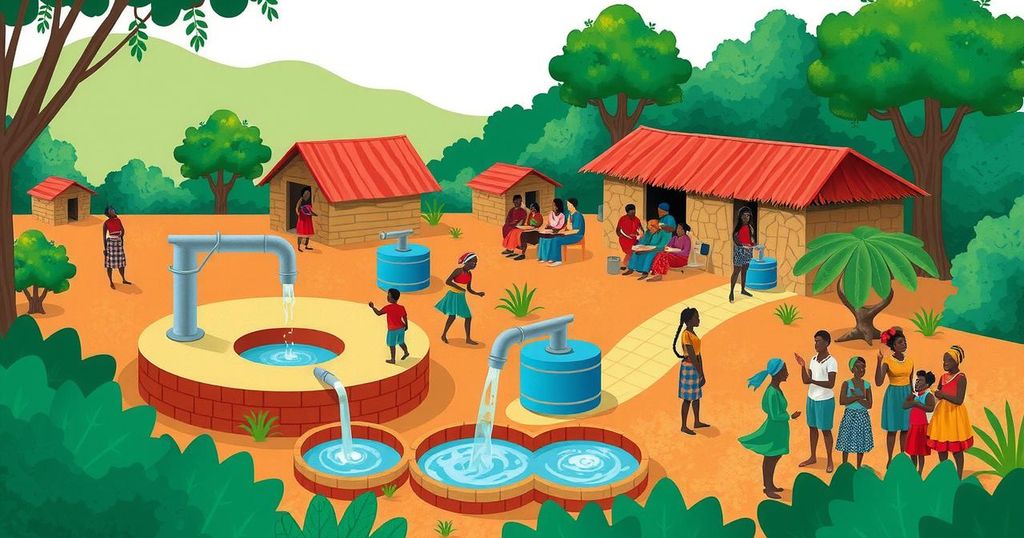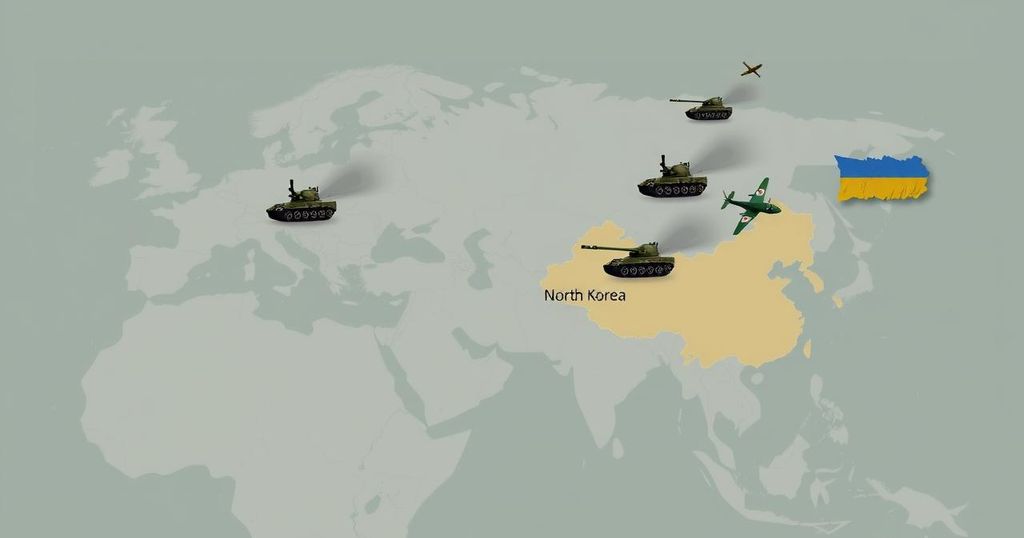World news
AFRICA, ANITA ZAIDI, CONGO (KINSHASA), DEMOCRATIC REPUBLIC OF CONGO, DISPLACEMENT, DRC, ENTERIC AND DIARRHEAL DISEASES, GATES FOUNDATION, GOMA, HUMANITARIAN, INTERNALLY DISPLACED PERSONS (IDPS, LAKE KIVU, MU, NATURAL DISASTERS, NORTH KIVU, PUBLIC HEALTH, SOUTH KIVU, TANGANYIKA, UNITED NATIONS, VERT, WHO, WORLD HEALTH ORGANIZATION
Fatima Alavi
0 Comments
Cholera Outbreak in DRC: A Growing Humanitarian Crisis
- The DRC faces a severe cholera outbreak affecting thousands.
- A UNICEF report indicated significant cholera cases and fatalities among children.
- The absence of clean water and future infrastructure stifles health responses.
- Emergency treatment and vaccination initiatives must prioritize vulnerable groups.
- Community involvement and resources must be directed to stabilize the impact.
Cholera Outbreak Severity and Public Health Risks
Cholera outbreaks in the Democratic Republic of Congo (DRC) pose a severe public health challenge. Recently, the crisis has escalated tremendously, with the southern province of Tanganyika being hit hardest. As of April 2025, the United Nations highlighted the outbreak’s alarming scale: nine out of eleven health zones in Tanganyika were reported affected, leading to over 1,450 confirmed cases and 27 deaths. This figure represented an astonishing six-fold increase from the previous year, showcasing a dire public health situation that continues to unfold across the nation.
Challenges of Cholera and Vulnerable Children
By early June of 2025, the outbreak had dramatically spread beyond its initial location. The World Health Organization (WHO) reported a staggering 29,392 suspected cholera cases and 620 deaths nationally, marking it the worst cholera outbreak in the DRC in six years. Shockingly, children, particularly those under five, are bearing the brunt of this devastation due to various factors including malnutrition, weakened immune systems, and, critically, a near-total lack of access to clean water and sanitation facilities. Meanwhile, international agencies are rushing to address this crisis, with the WHO mobilizing resources and sending over 7,000 community health workers to assist with emergency medical responses in the hardest hit regions.
Urgent Need for Infrastructure and Solutions
Despite ongoing interventions, urgent needs remain unmet in combating cholera. Studies indicate that staggering population growth coupled with fragile infrastructure and ongoing conflict has set the stage for continuous cholera transmission. A recent report pointed out that water sources in affected communities are often polluted with human waste, leaving only 20 percent of residents with access to safe drinking water. Furthermore, healthcare infrastructure lacks sufficient resources to effectively manage the influx of cholera cases. As millions of children face acute malnutrition, the situation becomes even more precarious. Children suffering from this condition have compromised immune systems, making them particularly vulnerable in times of illness. As the global community looks toward the 2030 goals for cholera eradication, the DRC’s ongoing outbreaks signal a long way to go in both prevention and basic humanitarian aid.
The cholera crisis in the DRC underscores a broader humanitarian failure revealed through systemic issues. It is a stark reminder of the deep-rooted governance and poverty challenges faced by the nation. As the 2030 target to eliminate cholera approaches, the necessity for focused investments in health infrastructure, sanitation, and child-focused interventions has become increasingly critical.




Post Comment